What do smart gadgets, industrial equipment, medical devices (and others IoT solutions) have in common? They’re all devices running Embedded Software. Their responsiveness, stability, energy efficiency, cyber-resilience, and user-friendliness all depend on it.
In this article, we’ll explore real-life examples of embedded software: from everyday smart devices to complex monitoring systems for construction sites. You’ll see how well-designed embedded software reduces costs, accelerates time-to-market, and delivers a competitive edge.
Types of Embedded Devices in Our Practice
Without a clear classification, it's easy to make mistakes when designing hardware and software. Understanding the types and categories of embedded devices is essential for successful development and cost optimization.
So, what kinds of embedded software examples are out there?
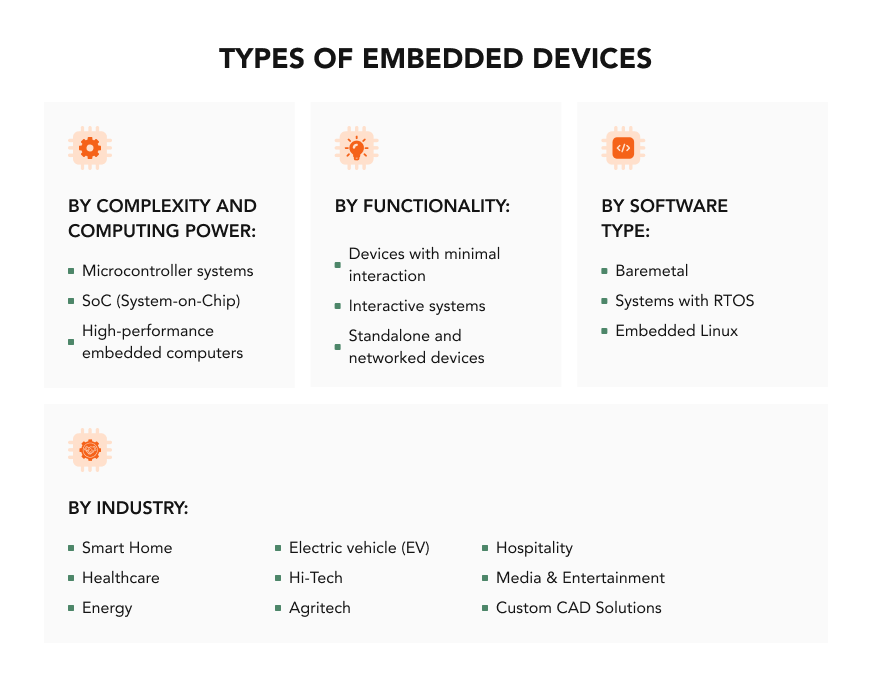
Next section will help you grasp embedded technology, choose the right architecture, reduce risks, and comply with standards and certifications. These practical cases will help us go beyond textbook definitions and truly understand how embedded systems are used in everyday life and industry.
AI-Driven Embedded System for Smart Energy Management
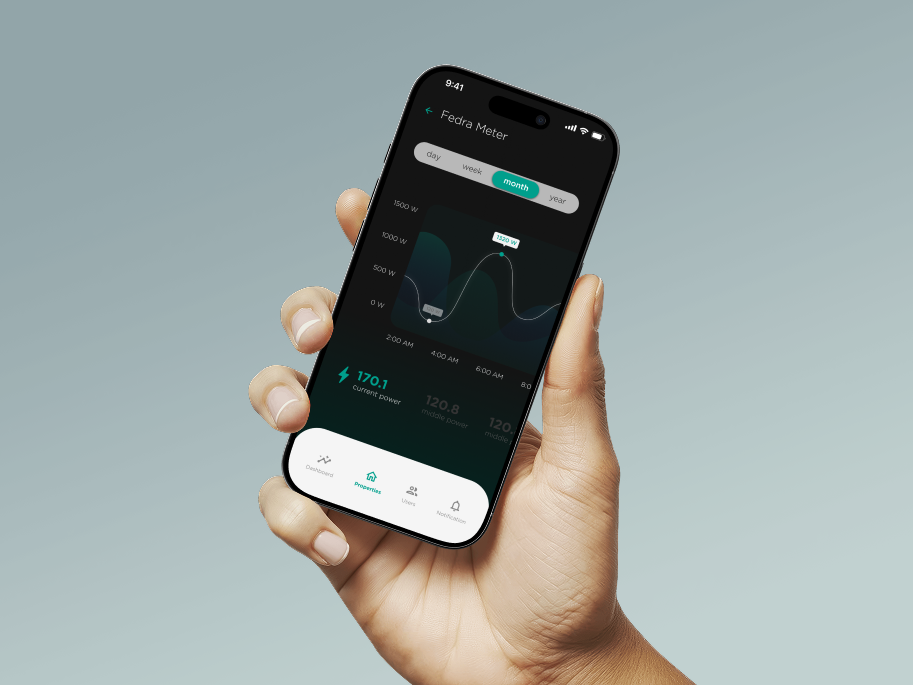
Most modern businesses face the challenge of precise energy consumption control. Smart embedded systems based on microcomputers (Raspberry Pi, Jetson Nano) now analyze sensor data in real time to optimize energy usage.
In our AI Energy Control Solution, the system helped cut energy consumption by up to 30% without sacrificing comfort.
Key development aspects:
- Hardware reliability: An industrial-grade controller with reinforced protection against vibration and electromagnetic interference (EMI), capable of stable operation in harsh environments.
- Local analytics: Edge computer with optimized AI models built on TensorFlow Lite, allowing instant data processing without cloud dependence.
- Flexible interfaces: Our custom network gateway supports major industrial protocols (Modbus, CAN, Ethernet), enabling easy integration with existing infrastructure.
This architecture delivers:
- Autonomous operation even during network outages;
- Minimal decision-making delay;
- Easy scalability for sites of any size;
- Compatibility with equipment from different vendors.
Our experience shows: a properly designed embedded system pays for itself in 3–6 months, offering long-term control, increased resilience, and a more technological environment.
Real-Time Embedded Security and Monitoring System for Construction Sites
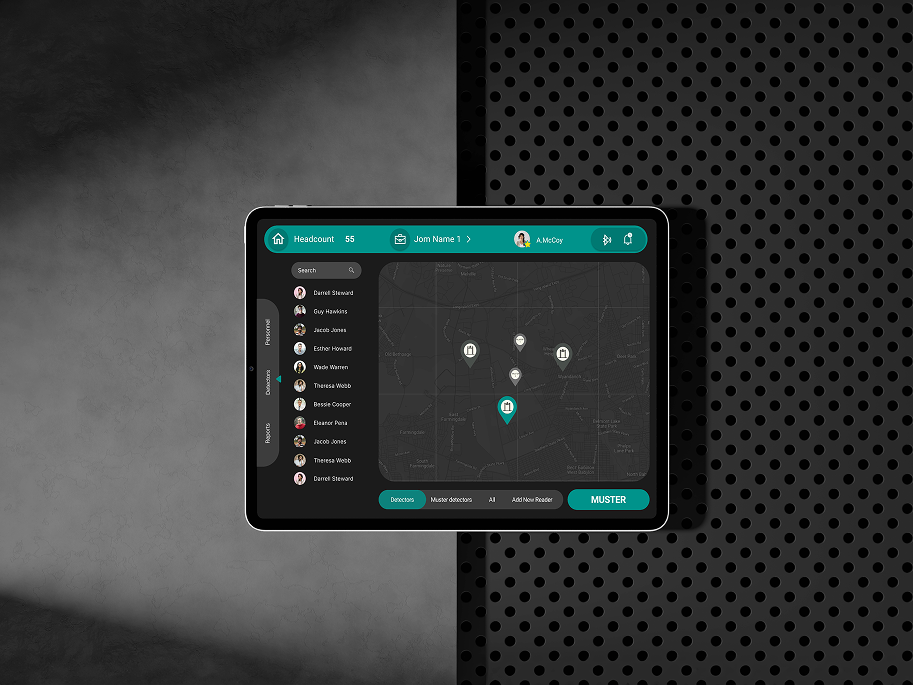
Our Site Sentry project shows how modern embedded technologies can ensure construction site safety with minimal implementation and maintenance costs.
This is not just a typical example of embedded software — it’s a system providing access control, attendance tracking, and threat alerts, including gas leak detection. Initially built for agriculture, our platform successfully adapted to construction where precision, reliability, and autonomy are crucial.
Key development aspects:
- Robust hardware and software: LoRaWAN and BLE technologies ensure stable communication over 1 km, even with no internet access.
- Real-time data processing: Optimized algorithms reduce data requests while maintaining fast system response.
- Autonomy and resilience: Local databases let the system operate seamlessly during power or network outages.
Outcomes and benefits: Process automation reduces admin load and boosts operational efficiency. Timely alerts improve incident response, reducing worker risk.
IoT Software for Smart Bathroom Devices
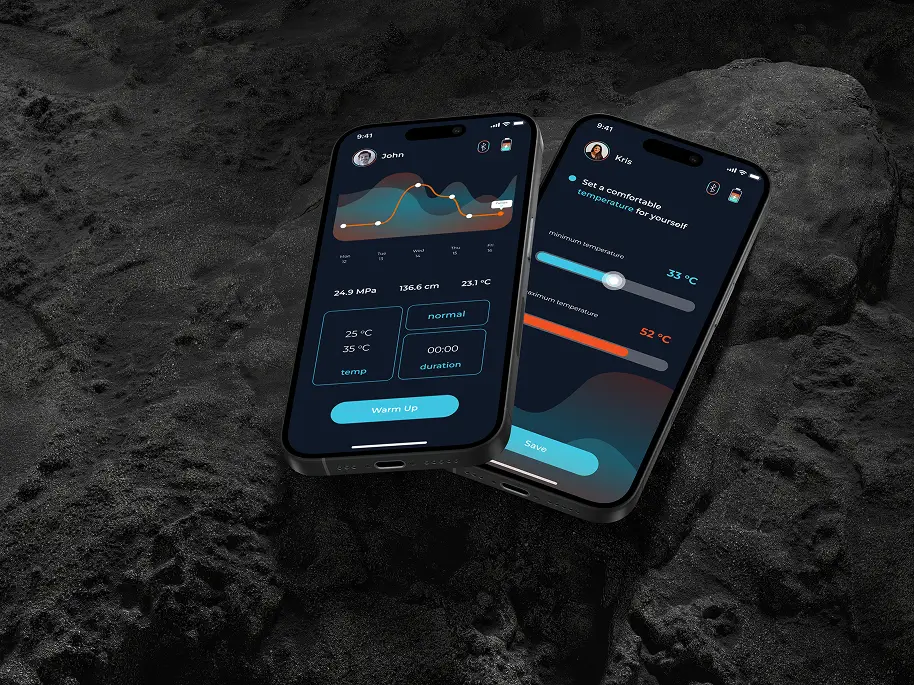
As hygiene and sustainable consumption demands rise, smart bathrooms are becoming standard in public spaces — offices, malls, stations, and hotels. We developed software for an IoT system that tracks stall occupancy, supply levels, and more in real time. Smart Bathroom Devices automate sanitary area management and enable rapid response to anomalies.
Critical for these projects are:
- Fast, energy-efficient data transmission. We used BLE and a custom protocol allowing devices to run on batteries for up to 1 year.
- Fail-safe operation. The device continues logging data even without internet, syncing once reconnected.
- User-friendly dashboard. Staff receives clear visual signals and reports, speeding up decision-making.
The results speak for themselves: up to 50% cut in maintenance time, fewer complaints, and more efficient resource management. Our approach proves that IoT in bathrooms is not a future concept — it’s practical efficiency today.
Air Quality Monitoring with Mobile Integration
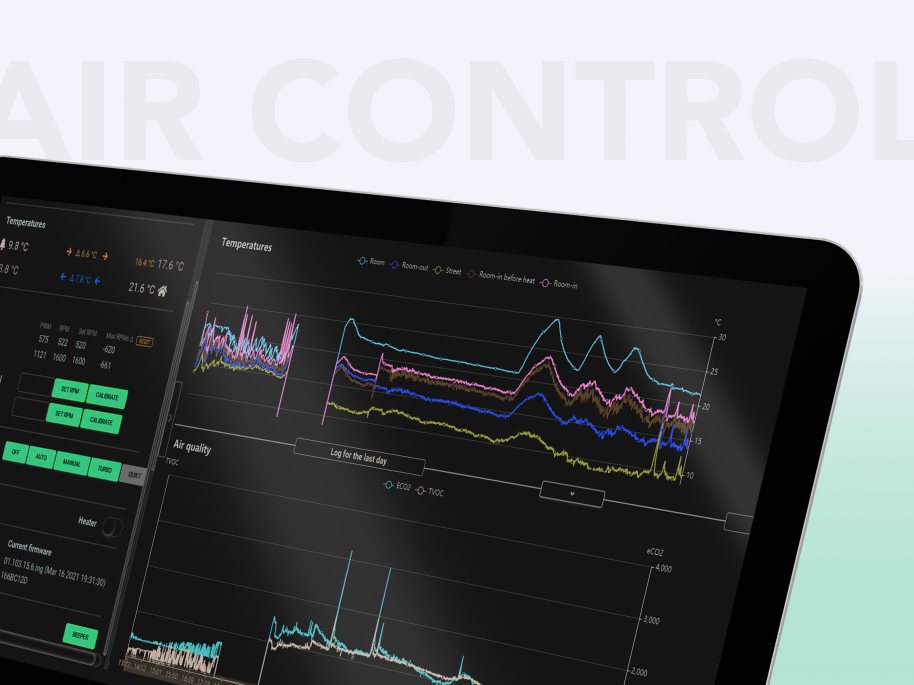
Air quality directly affects health, focus, and well-being, especially in offices, schools, childcare, and housing. We built a monitoring system Air Control App integrated with the mobile app. It tracks CO₂, humidity, temperature, and other metrics in real time. Based on readings, the device automatically adjusts ventilation to maintain optimal climate.
For such projects it’s important:
- Measurement accuracy and adaptive algorithms. Our system uses dynamic indicators, not static thresholds, to manage the environment.
- User convenience. The mobile app was designed so both adults and kids can easily read the data and follow recommendations.
- Energy efficiency. The system reduces energy use by up to 20% in the first months by optimizing when equipment is turned on.
When done right, these systems improve quality of life and reduce operating costs making spaces healthier and more sustainable.
Security Scanner for Smart Luggage Solutions
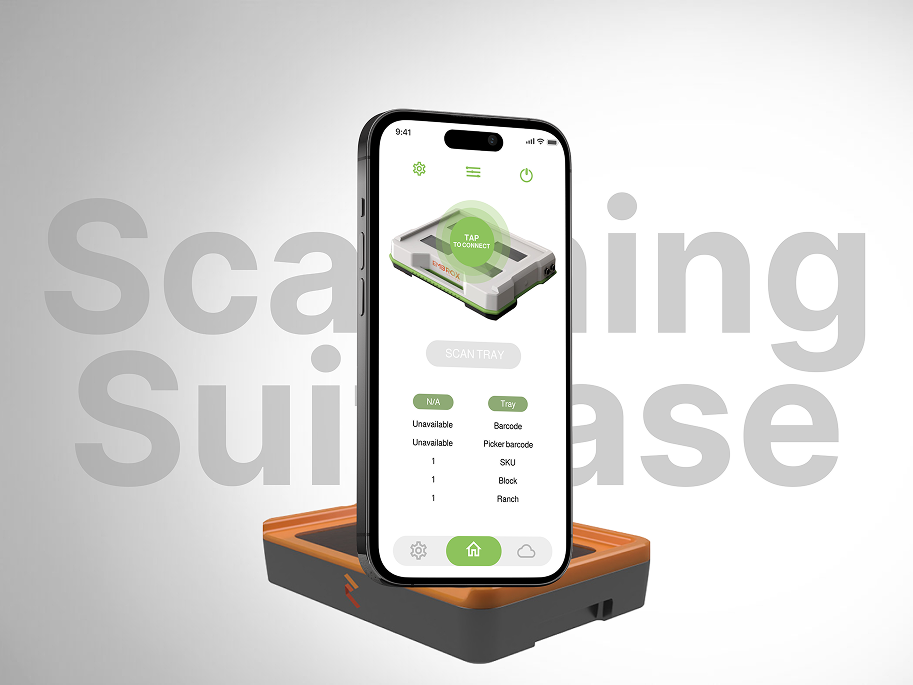
Modern airports and transit hubs need fast, accurate baggage scanning without disrupting passenger flow. Traditional systems are bulky, manual, and cause queues.
Our answer: the Scanning Suitcase project. We developed a compact embedded scanner integrated into smart luggage. It automatically analyzes contents, detects threats, and sends data to security — with zero delay.
Key development points:
- Miniaturized tech: Scan components adapted to suitcase-size constraints;
- Energy efficiency: Runs on built-in battery throughout a flight cycle;
- Intelligent data handling: Local content analysis with false alarm filtering;
- Wireless integration: Compatible with airport infrastructure using standard protocols.
This shows how embedded systems can transform traditional security, making it faster and easier for travelers.
Use case: In a pilot test at an international airport, the system processed 40% more bags per hour than traditional methods.
Patient Management VoIP Device
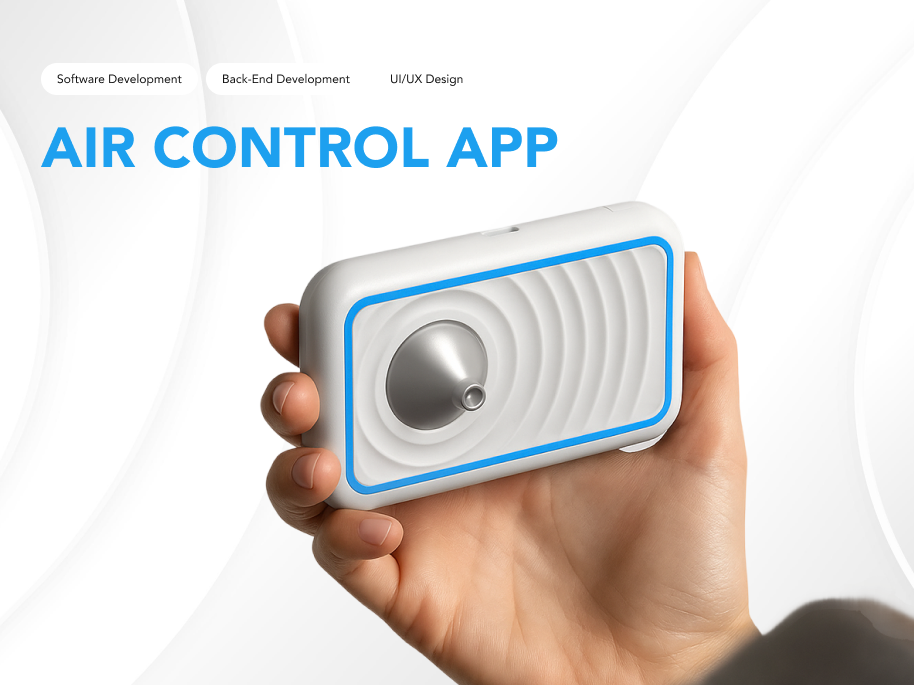
Legacy phone systems are becoming obsolete — expensive to maintain, hard to scale, and poorly integrated into modern business workflows. Companies face high long-distance costs, limited functionality, and inflexible infrastructure.
In our IP Telephony project, we built a software-hardware suite replacing outdated PBXs. It migrates telephony to IP protocols and integrates voice with CRM and business systems. Most importantly, it reduces communication costs by up to 70%. These kinds of embedded system software examples are ideal for networks, call centers, and distributed teams.
Key development points:
- Android kernel adaptation for a specific chipset to ensure device stability;
- Custom driver development for audio, camera, and display, delivering high-quality sound and visuals;
- Zoom SDK integration for seamless video calls, no extra setup required;
- Ergonomic hardware design optimized for various environments.
Conclusion: Implementing a custom VoIP solution significantly improves service quality and efficiency in the digital age.
How to Decide What Embedded Software Development Your Business Needs
When reviewing embedded software examples, it becomes clear: there’s no universal solution. Every use case demands a custom approach. The right embedded software depends on your goals, industry, conditions, and required functionality.
You might need a smart device for real-time monitoring or complete automation systems with analytics and remote access. Some projects require building operating systems and firmware, sensor integration, or storage systems. Others call for a compact, functional device with a narrow purpose.
As our case studies show, implementation options are vast — from simple sensor units to advanced real-time systems with powerful OSs and firmware.
No matter how specific your needs are, we offer development services tailored to your goals. Request a consultation, and our engineers will provide an optimal technical solution that reflects your business requirements.
How to Choose the Right Embedded Partner
Choosing a partner in the field of embedded systems is not just about technology — it’s about their approach to the work. This choice determines how viable, scalable, and competitive your product will be. Below, we’ve compiled answers to key questions, a list of essential criteria, and an explanation of what can go wrong if you overlook important details.
What to ask about hardware/software compatibility?
Compatibility is the foundation of any stable solution. Ask what type of hardware and software your potential partner works with. Ideally, they should have experience integrating with your specific hardware and be able to adapt the code to the required architectures.
Questions you might ask:
- What embedded software examples has the partner already delivered?
- Do they use popular embedded operating systems, such as embedded Linux, FreeRTOS, Zephyr, or others?
- How is compatibility ensured between the processor, peripherals, and user interface?
- Do they have experience integrating with consumer electronics, navigation systems, or industrial systems?
Example: At Embrox Solutions, we confidently guarantee a high level of flexibility in handling non-standard tasks. Our team combines expertise in both software development and engineering. How did we achieve this? Through a rigorous selection process — less than 10% of candidates pass it. As a result, we have dual-skilled specialists (both developers and engineers) and can be 100% confident in their competence.
What certifications should a vendor support?
A reliable partner must not only develop solutions but also comply with industry standards. Depending on your domain, these may include: ISO 26262 (automotive), IEC 61508 (industrial automation), or FDA (medical devices), and AUTOSAR — a standard for automotive embedded software.
This also includes data security compliance. For example, ISO 27001 is crucial for protecting data in the Internet of Things (IoT) domain. Without it, firmware vulnerabilities and device hacks are guaranteed.
And of course, manufacturing certifications are essential when we’re talking about technical products. In particular:
- CE – mandatory for sales in the EU. Without it, customs will simply reject your shipment.
- UL – required for the US/Canada (especially for consumer electronics).
- IPC-A-610 – a quality standard for soldering and board assembly. If your partner doesn’t comply, devices will fail due to manufacturing defects.
Tip: Ask your potential developer whether they have experience passing audits for embedded applications.
How to evaluate reliability?
Reliability means more than just technical execution — it also reflects the maturity of internal processes. Key factors to assess include:
- Experience (at least 5–10 years on the market).
- Number of successful projects (for example, Embrox Solutions has completed 50+ projects and has been on the market for over 10 years).
- Willingness to provide life examples of embedded systems already running in clients’ products.
FAQ
What factors should I consider when choosing an embedded software development approach?
Key criteria: performance, power consumption, operating conditions, and budget. We assess the need for real-time capabilities, sensor integration, or data storage to suggest the optimal solution.
How long does embedded software development typically take?
Timelines depend on complexity: from 2–3 months for basic firmware to 12+ months for full-scale systems with custom OS. We define the timeframe after reviewing your specifications.
Can Embrox help with hardware selection and integration, or only software development?
We offer end-to-end development: selecting hardware, building software, and integrating components. This includes:
- hardware compatibility testing;
- firmware optimization for your platform;
- setting up sensor and peripheral communication.
Contact us to discuss the specifics of your project!
